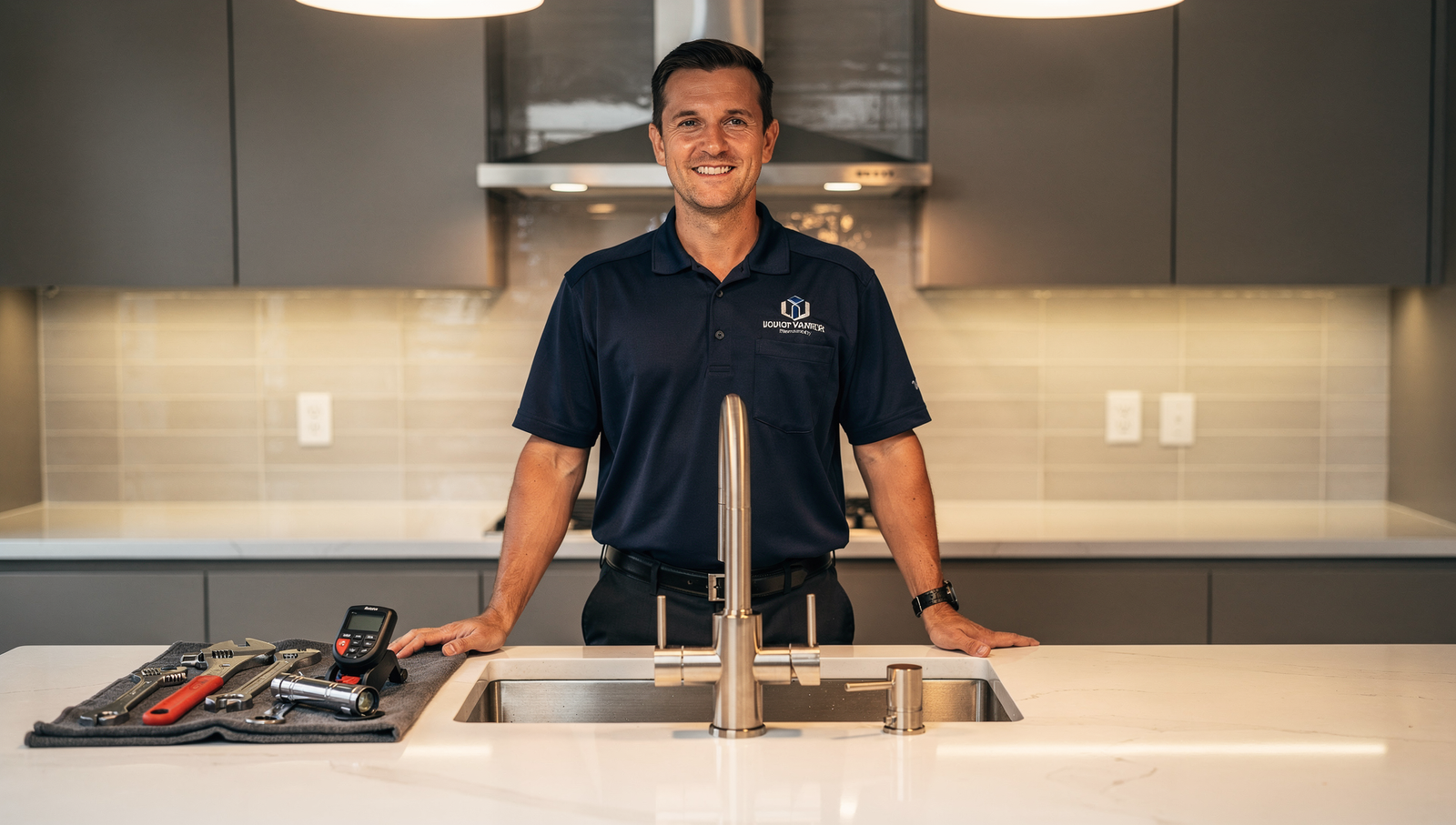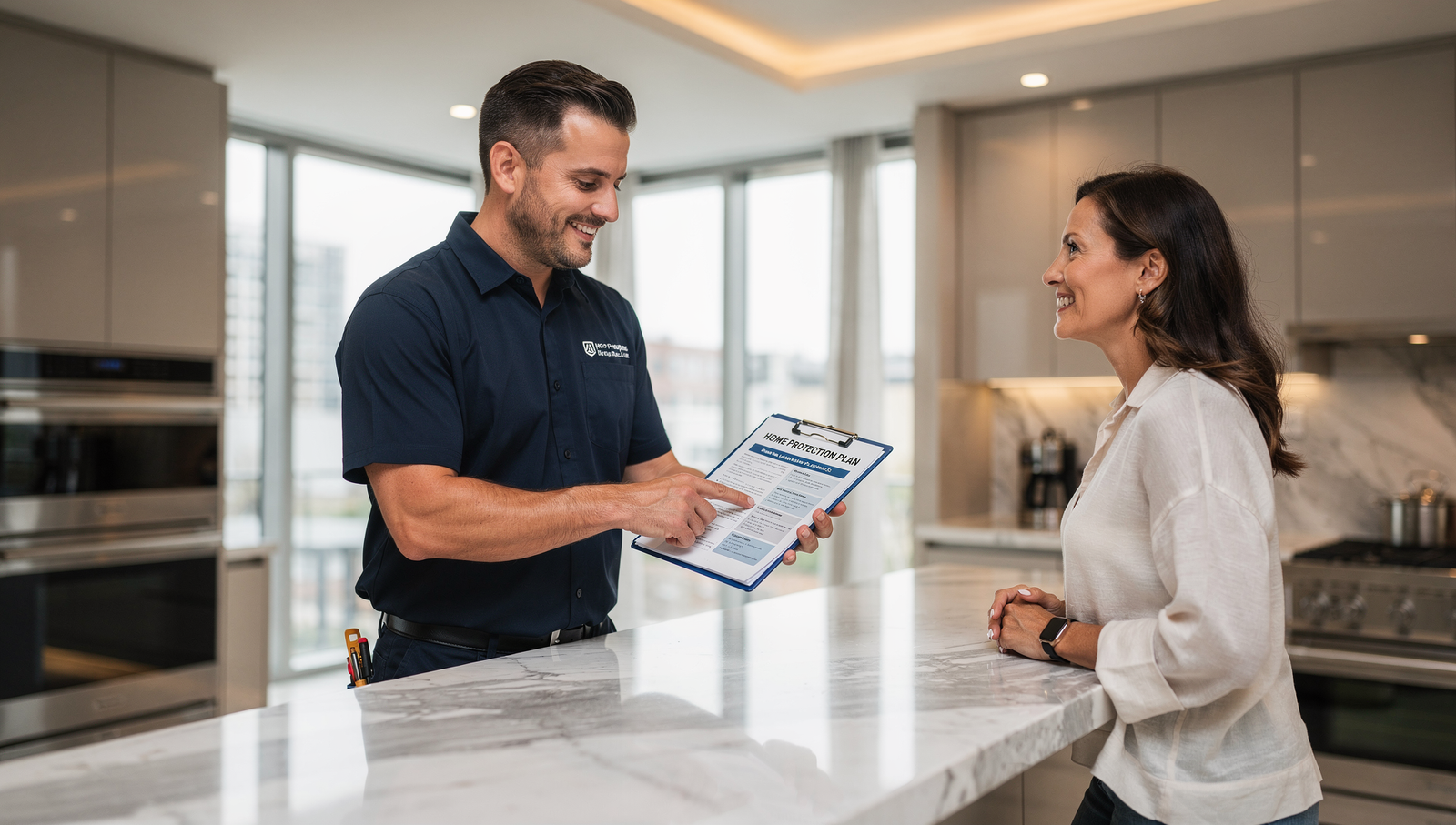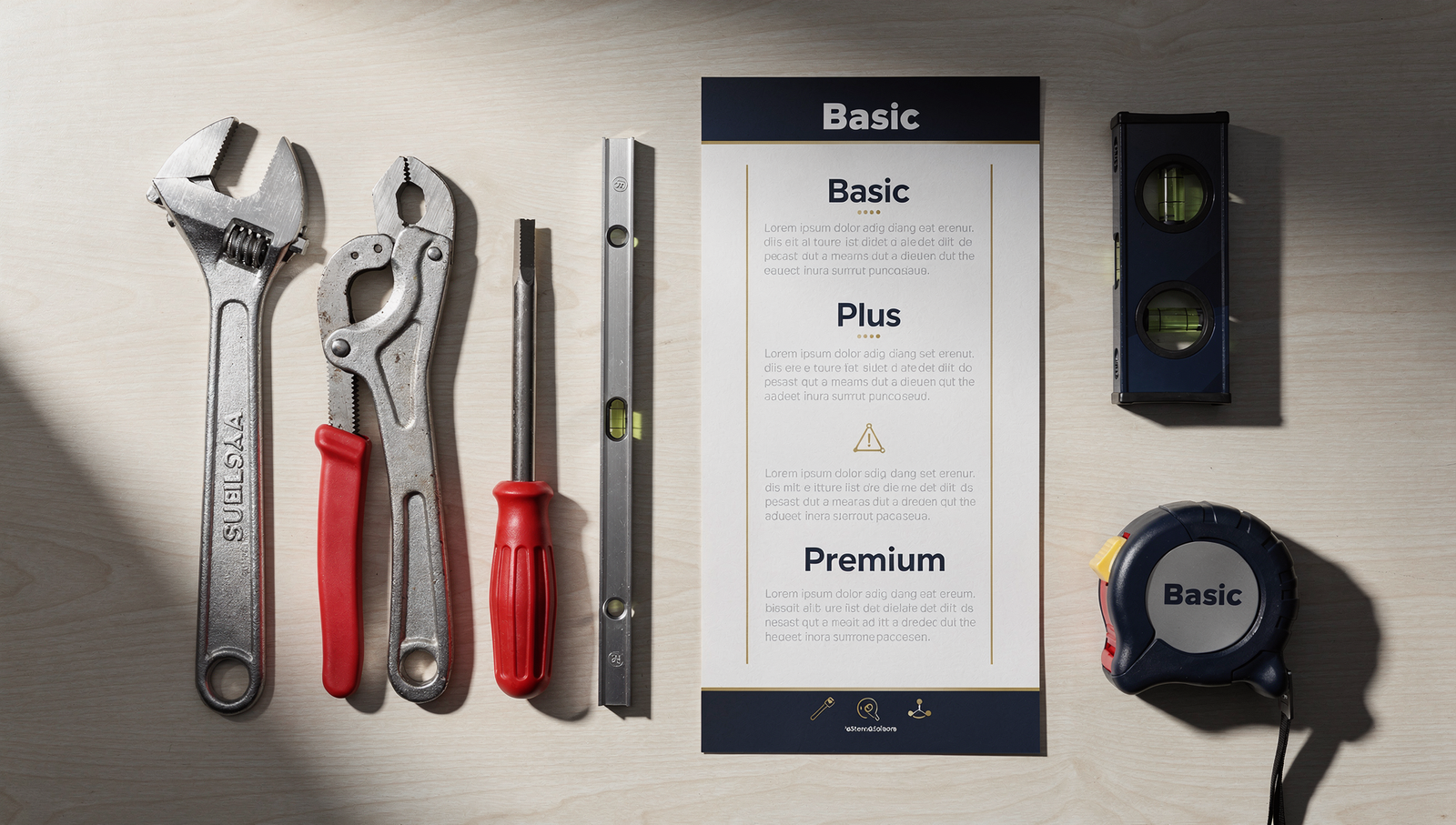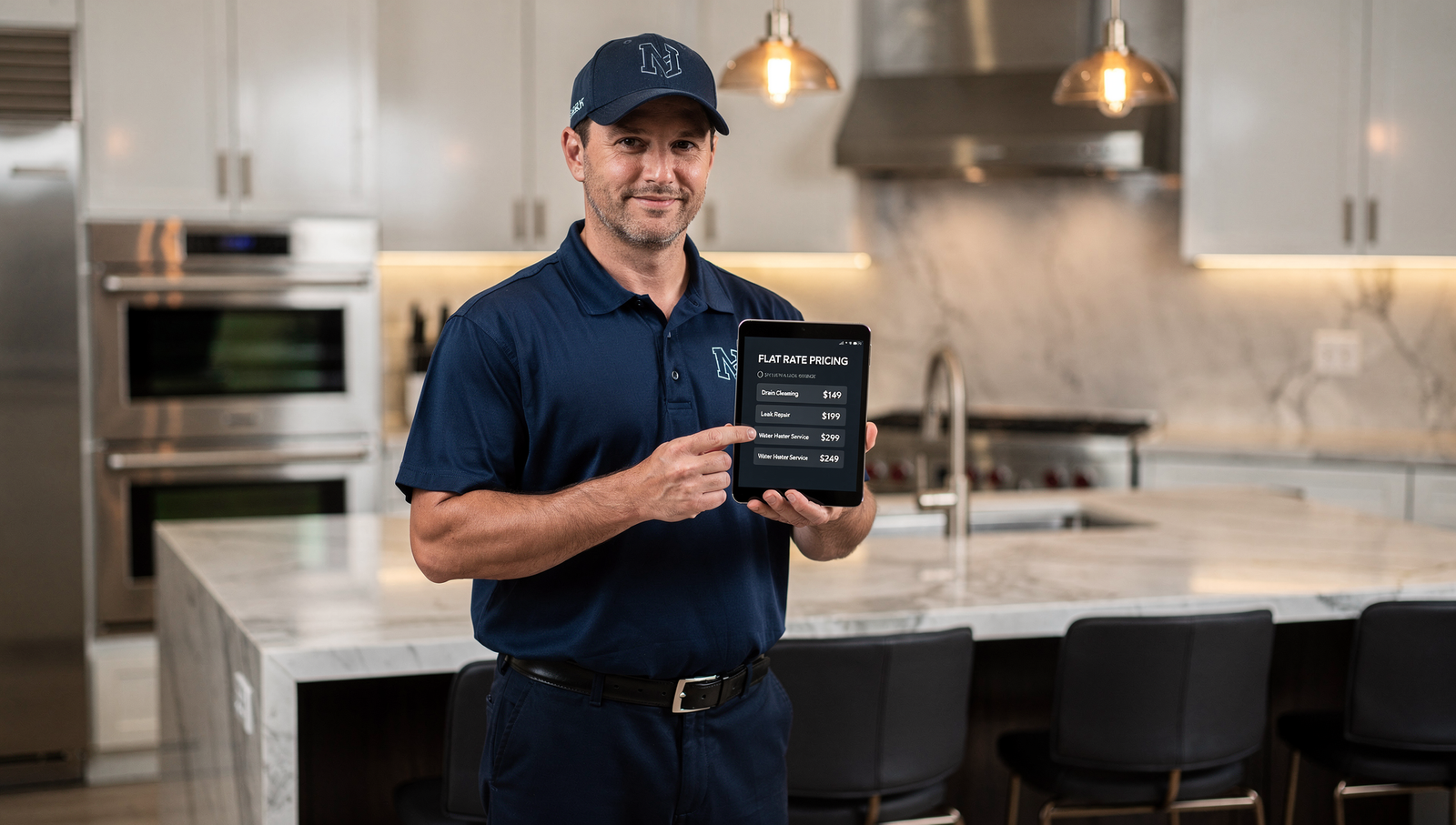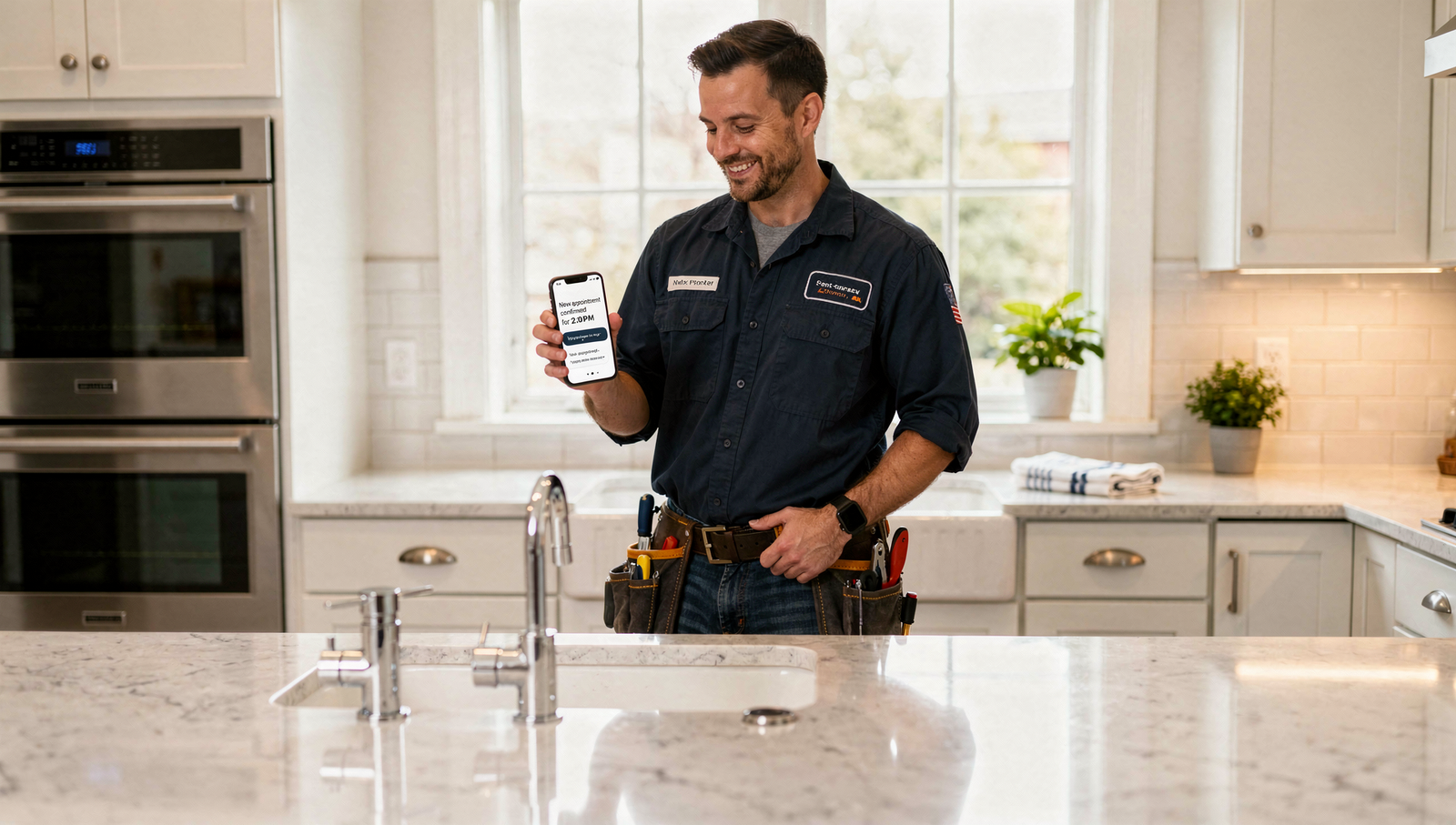On-Page SEO Checklist for Small Business Websites
If you want more local customers to find you, you need an on-page SEO checklist small business owners can actually use. This guide walks you step by step through the essentials, with simple examples and quick wins you can put to work today.
On-Page SEO Checklist Small Business Essentials
On-page SEO is everything you can control on your pages to help search engines understand your content and help people choose you. Think titles, headings, URLs, images, internal links, speed, and local signals. Work through the checklist below and you will cover the most important ranking and conversion factors.
1. Title Tags That Earn Clicks
Your title tag is the front door of your page in search results. It is the “link” you see in blue in google search results.
Keep titles 50 to 60 characters
Place your primary keyword at the front
Add a benefit or outcome at the end
Include a city or service area when relevant
Example
A local plumber: “Emergency Plumber in Dayton | Fast Same-Day Repairs”
A boutique bakery: “Custom Birthday Cakes in Savannah | Order Online Today”
A realtor scenario: “Tampa Waterfront Homes | Local Guide and Listings”
2. Meta Descriptions That Preview Value
Meta descriptions do not directly rank your page, but they influence clicks. The meta description is that small paragraph of text you see underneath the title or clickable link in google results. It is a preview for the viewer for what the page is about.
Aim for 120 to 155 characters
Repeat the primary keyword naturally
Include a clear call to action like “Get a quote” or “See pricing”
Make each description unique per page
3. Clean, Human-Readable URLs
Search engines and people both prefer simple URLs.
Use short, descriptive slugs: /services/roof-repair
Separate words with hyphens
Avoid dates and tracking gibberish
Example – digitaldreamhomes.com/google-domination
4. Headings That Map the Page
Headings are your page outline and help search engines understand structure. Think of the H1 heading as the main title of the page and H2 for the headings of each little chapter on the page. H3 can be used for subcategories within the H2 title or “chapter” to keep the reader engaged and your content easily scannable by google.
One H1 per page, with the primary keyword
H2 for main sections, H3 for subtopics
Keep headings scannable and benefit focused
Quick format starter
H1: “Tampa Lawn Care Services”
H2: “Pricing and Packages”
H2: “Our Process”
H2: “Frequently Asked Questions”
5. First Paragraph That Confirms Relevance
The first 100 words should state the page topic in plain English.
Mention your primary keyword once
State who the page is for and the outcome
Optional supporting detail like service area
6. Helpful Content With E-E-A-T
Search engines look for Experience, Expertise, Authoritativeness, and Trust.
Add real how-to steps, pricing ranges, timelines, and tools
Include original photos, before-and-after images, or process screenshots
Show trust signals like licensing, certifications, and awards
Add a brief author byline with relevant experience
Realtor scenario
A neighborhood page can include recent median sale price ranges, school info, and commute notes, plus a short author bio that states years of experience selling in that area.
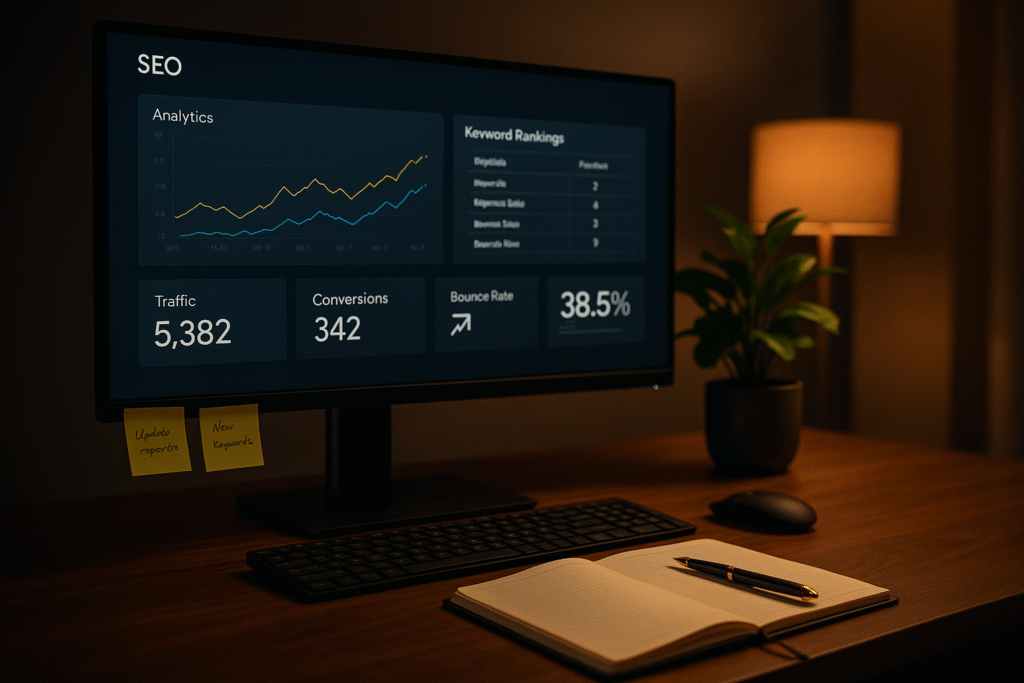
7. Internal Links That Guide Visitors
Internal links help people and search engines discover your best content.
Add 2 to 5 contextual links from each page
Use descriptive anchor text that hints at value
Link up to cornerstone articles and down to service pages
Good places to start
Learn how to launch a polished site with How to Create a Professional Website for Your Small Business
Improve above-the-fold clarity with Best Homepage Layout for Small Businesses
8. Image Optimization
Images influence speed, accessibility, and topical relevance.
Export images at the display size you need
Use modern formats like WebP when possible. Webp formats load faster than jpeg and png. To convert any image to webp, go to photopea.com, upload your image, then click file > export > webp. Click save and you will now have a webp file of your image!
Name files descriptively, like tampa-lawn-care-crew.webp
Add alt text that describes the image in context. The alt text is important for google to see what your image is for. Do not go keyword heavy here but just describe your image with one or two sentences.
9. Structured Data Basics
Structured data helps search engines display rich results.
Add Organization schema with business name, logo, and contact details
Use LocalBusiness schema for address, phone, and hours
Mark up FAQs and HowTo sections when they exist on the page
You can paste JSON-LD into the page head or use your CMS SEO plugin to inject it.
10. Page Speed and Core Web Vitals
Fast pages keep visitors around and lift conversions.
Compress images and lazy-load below-the-fold media
Minimize render-blocking scripts and unused CSS
Use a CDN and reliable hosting
Keep third-party widgets to the essentials
Tip
If you embed maps or review widgets, load them after interaction or on scroll to keep the initial page snappy.
11. Mobile Experience That Converts
Most local searches happen on phones. Make it easy to take action.
Place a sticky Call Now or Get Quote button
Use large, tappable buttons and simple forms
Keep paragraphs short and font sizes readable
Test with your thumb on a real device
If you want a deeper dive on layout and mobile touchpoints, see Best Homepage Layout for Small Businesses for above-the-fold examples, and How to Create a Professional Website for Your Small Business for build-out steps.
12. Local SEO Signals on Every Key Page
Even service pages should reinforce your local footprint.
Display NAP consistency: Name, Address, Phone
Embed a static map image or link out to directions
List service areas and neighborhoods in a short bulleted block
Link to your Google Business Profile from the header or footer
Realtor example
On a “Dunedin Homes” page, include a short list of micro-areas like “Edgewater Drive, Curlew Landings, Highland Woods” and a link to your office directions.
13. Strong Calls to Action
Your SEO traffic is only valuable if it becomes leads.
Use clear CTA buttons like “Book a Free Consultation”
Keep forms to three fields on mobile
Add social proof near CTAs, like a short review or star rating
14. Content Freshness and Updates
Search engines reward pages that stay current.
Review top pages quarterly to add new FAQs, prices, or examples
Update screenshots and outdated dates
Add internal links to any new supporting articles
15. Quick On-Page SEO Mini-Audit
Use this 10-minute pass on any page:
Title includes the keyword and a benefit
H1 matches search intent
First paragraph confirms location and service
Descriptive H2 and H3 structure
2 to 5 internal links added
Images compressed with accurate alt text
NAP visible for local trust
One primary CTA above the fold
Schema markup present
Loads fast on a phone
Putting It Together
On-page SEO is not mysterious. It is a repeatable checklist you can apply page by page. If you handle titles, headings, URLs, images, internal links, speed, local signals, and clear CTAs, you will help search engines understand your value and help real people choose you. Use this on-page SEO checklist small business owners can follow, and you will see stronger rankings and more leads.
Ready to make this simple and effective? Book a free consultation with Digital Dream Homes and we will walk through your top pages together.
Other Posts You Might Like…
- Free SEO Tracking Tools for Small Business That Actually Work
- How Long to Rank Small Business Website on Google? The Real Timeline
- Importance of Google Reviews for Small Business: Rank Faster, Earn Trust
- SEO Mistakes Small Business Owners Make: Fix These Fast
- SEO Blogging Tips For Small Business: Write Posts That Rank
- Backlinks for Small Business Websites: Why Backlinks Matter for Local Businesses
- On-Page SEO Checklist for Small Business Websites
- Google Business Profile Setup for Small Business: The Beginner’s Guide
- Local SEO for Small Businesses: Tips for Small Business Owners
Matt Pieczarka
Want a Free Website Audit?
Fill out your information below and we will send you a personal screen share video of tips on how to make your actual website better!
See How Many Closings You're Losing to Zillow!
Click Here to Use our Calculator to See How Many Clients Zillow is Taking From You Per Year!
7 Storytelling Plays That Turn Plumbing Websites Into Lead Machines
7 Storytelling Plays That Turn Plumbing Websites Into Lead Machines Facebook X LinkedIn Threads Email The tricks learned in this video and blog post have gotten one of our clients
9 Plumbing Company Branding Strategies That Get More Calls
9 Plumbing Company Branding Strategies That Get More Calls Facebook X LinkedIn Threads Email The tricks learned in this video and blog post will help you get your brand to as many
7 Plumbing Membership Plans Benefits That Boost Profit
7 Plumbing Membership Plans Benefits That Boost Profit Facebook X LinkedIn Threads Email The tricks learned in this blog post have increased recurring revenue for one of our plumbi
7 Plumbing Services Pricing Tiers That Sell Like Crazy
7 Plumbing Services Pricing Tiers That Sell Like Crazy Facebook X LinkedIn Threads Email The tricks learned in this video and blog post have gotten one of our clients an average of
7 Plumbing Service Pricing Strategies To Boost Profit
7 Plumbing Service Pricing Strategies To Boost Profit Facebook X LinkedIn Threads Email The tricks learned in this video and blog post have gotten one of our clients an average of
7 Plumbing Maintenance Agreement Strategies That Drive Revenue
7 Plumbing Maintenance Agreement Strategies That Drive Revenue Facebook X LinkedIn Threads Email Most plumbers leave recurring revenue on the table. These maintenance agreement str
AI Tools for Plumbing Businesses That Book Jobs 24/7
AI Tools for Plumbing Businesses That Book Jobs 24/7 Facebook X LinkedIn Threads Email The AI tricks learned in this blog post have gotten one of our plumber clients an average of
Hiring Plumbers And Onboarding Program For Rockstar Crew Growth
Hiring Plumbers And Onboarding Program For Rockstar Crew Growth Facebook X LinkedIn Threads Email The strategies in this blog post helped one of our plumbing clients cut onboarding
7 SMART Goals For Plumbing Growth In 90 Days
7 SMART Goals For Plumbing Growth In 90 Days Facebook X LinkedIn Threads Email The strategies in this blog post helped one of our clients get organized and grow his plumbing busine

